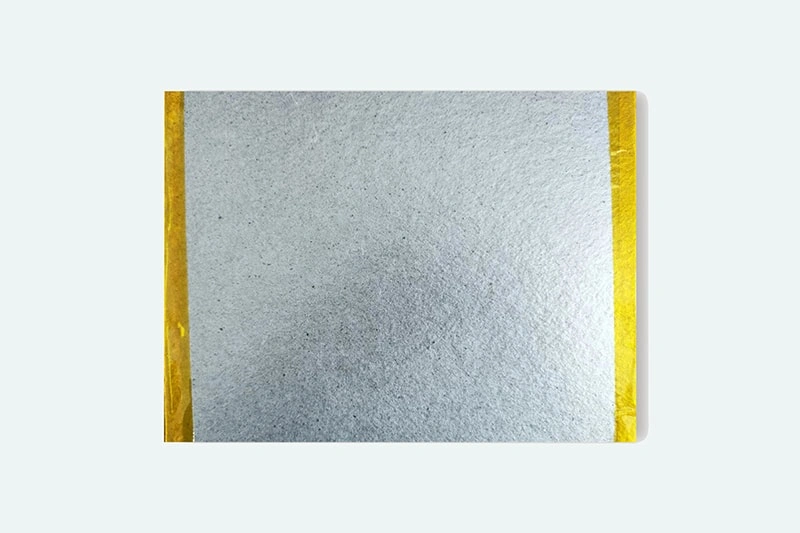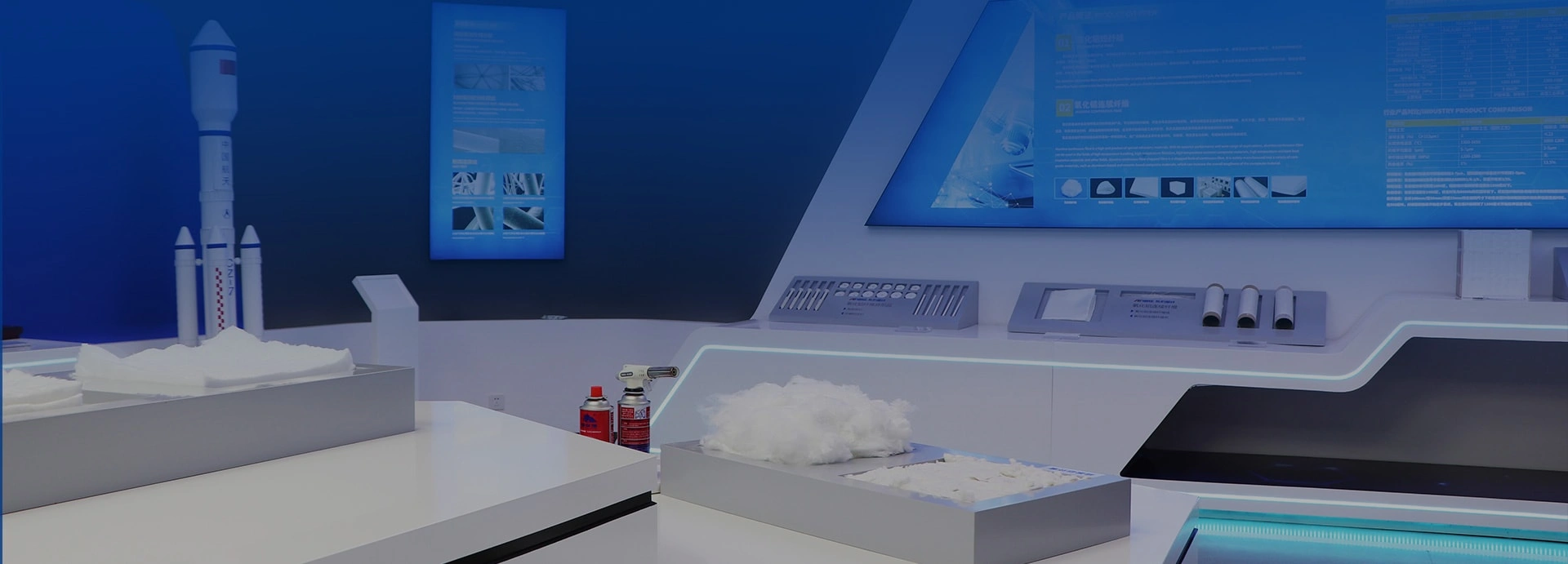The Application of Alumina Fiber in the Automotive Market

With the rapid advancement of automotive technology and the increasing demand for lightweight, high-performance, and environmentally friendly materials, alumina fiber has emerged as a key material in the industry. As an advanced ceramic fiber, alumina fiber offers exceptional thermal resistance, mechanical strength, and corrosion resistance, making it a crucial component in various automotive applications.

1. High-Temperature Resistance in Engine Components
One of the primary applications of alumina fiber in the automotive industry is in engine and exhaust systems. Due to its high melting point and excellent thermal stability, alumina fiber is used in thermal insulation materials for exhaust pipes, catalytic converters, and turbochargers. These components operate under extreme temperatures, and alumina fiber helps to enhance their durability and efficiency by reducing heat loss and preventing thermal degradation.

2. Lightweight Solutions for Automotive Efficiency
Weight reduction is a major focus in modern automobile manufacturing as it directly influences fuel efficiency and vehicle performance. Alumina fiber, being lightweight yet highly durable, is incorporated into composite materials used in structural and thermal insulation applications. By replacing heavier traditional materials with alumina fiber-based composites, automakers can achieve better fuel economy and lower emissions.

3. Improved Safety and Durability
Alumina fiber is also valued for its exceptional mechanical strength and resistance to wear and corrosion. It is utilized in brake pads, clutches, and other friction materials to enhance wear resistance and prolong component lifespan. These properties contribute to improved vehicle safety by ensuring consistent braking performance and reducing maintenance requirements.

4. Enhanced Battery Performance in Electric Vehicles
With the rise of electric vehicles (EVs), alumina fiber is playing a crucial role in battery technology. It is used in thermal insulation materials for lithium-ion batteries, preventing overheating and improving thermal management. This helps extend battery life, enhance safety, and optimize performance, making it an essential component in the next generation of electric vehicles.
5. Environmental and Cost Benefits
The durability and longevity of alumina fiber-based materials contribute to reducing waste and maintenance costs in the automotive sector. Furthermore, its lightweight nature aids in achieving fuel efficiency and lowering emissions, aligning with global sustainability goals. As automotive manufacturers continue to seek greener and more cost-effective solutions, the demand for alumina fiber is expected to grow.
Conclusion
Alumina fiber is revolutionizing the automotive industry by offering superior thermal resistance, lightweight advantages, and enhanced durability. From traditional internal combustion engines to emerging electric vehicle technologies, its applications are diverse and impactful. As automotive innovation progresses, alumina fiber will continue to be a critical material in achieving performance, efficiency, and sustainability in the market.

